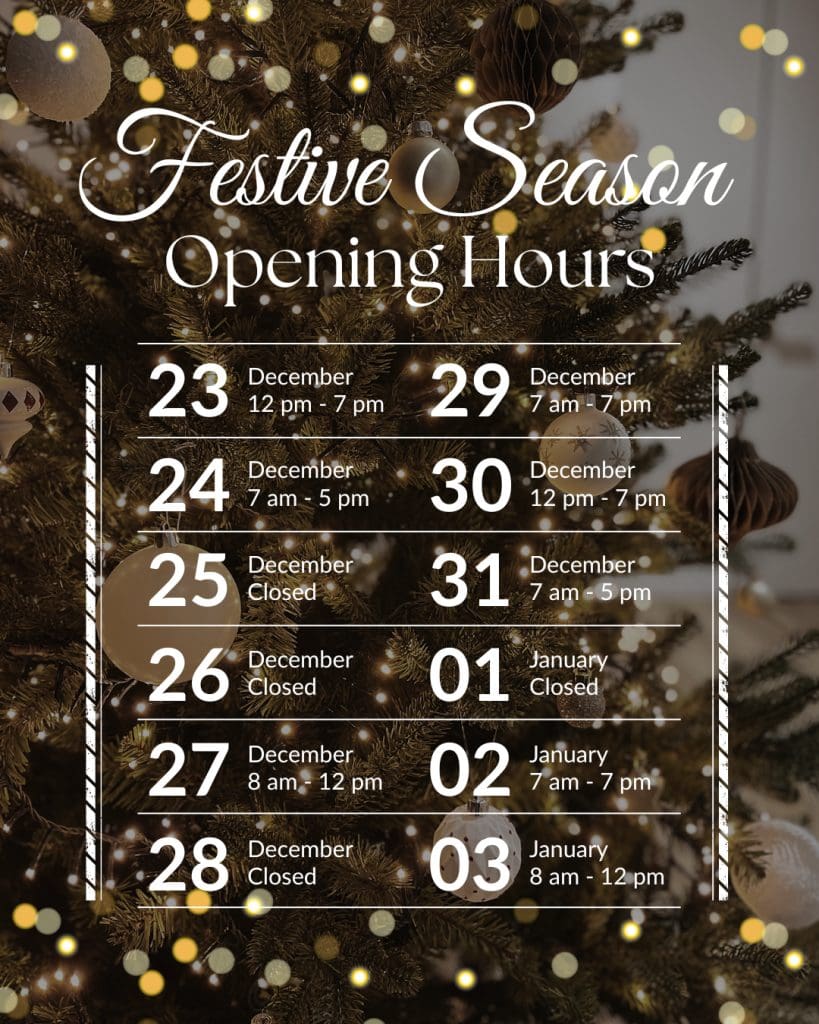Osteoarthritis (OA) is a common condition that affects the joints of the body. It is characterised by changes in the joint structures, for example a reduction in cartilage. These changes occur because of complex mechanisms, including inflammatory processes, biomechanics and even genetics. Knee OA in particular affects many Australians – many of us know of someone who has been diagnosed with the condition. It has a high burden on the health care system and is a major contributor to disability and lost productivity.
Recent studies demonstrate that many people living with knee osteoarthritis are unaware of how best to manage their condition. Many people are referred straight to surgery without trying any form of conservative (non-surgical) management. Knee replacement surgery has been growing at an unsustainable rate over the past few decades – in Victoria there has been a 285% increase since the 1990s. Recent evidence has suggested that 25% of knee replacement surgeries are considered not necessary. Another surgical intervention, arthroscopy, has also been on the rise, despite there being high-level evidence of the procedure unlikely to benefit those diagnosed with knee OA. Joint replacement surgery will be indicated for a sub-group of people with advanced joint degeneration and who have exhausted non-surgical care options. This month’s newsletter will discuss non-surgical care options for those diagnosed with knee or hip OA.
Clinically, people presenting with knee osteoarthritis complain of painful and restricted movement about the affected joint. As a result of pain and restricted mobility, patients often have reduced muscle strength in their affected leg. This presentation is enough to clinically diagnose someone as having osteoarthritis – imaging (for example an x-ray) is not always necessary. Also, there is a poor correlation between structural changes visible on imaging and a patient’s clinical symptoms, and it is common for people with no physical symptoms to have evidence of structural changes on imaging. Imaging should therefore be reserved for special cases, for example if needing to exclude other pathology.
To be able to effectively manage your OA, it is important to be aware of the variety of treatment options available. Best practice strongly suggests conservative management should be trialled for at least three months before any surgical intervention is considered. There is strong evidence demonstrating that increasing muscle strength around the knee results in improvements such as a reduction in pain and increased function. Your physiotherapist will be able to provide you with an exercise program tailored to your current ability. Having an adequate understanding of pain mechanisms is very important, as there are many contributors to pain including changes in joint structure, activity, sleep, diet, thoughts and feelings. Pacing your daily activity (not doing too much on your ‘good’ days or too little on your ‘bad’ days) is often a helpful strategy.
There are other management options that should be also be considered when developing a management plan for your knee OA. Weight loss, if indicated, is important to reduce the amount of load going through the knee joint. The use of basic medication (for example paracetamol and anti-inflammatories) to assist in managing pain can also be useful. Using pain medication should always be in conjunction with other form of management and never the sole treatment option. Osteoarthritis is generally managed best with a combination of these different strategies.
We are all living longer, it’s a myth you should just put up with your pain as you get older. Best practice care for knee or hip OA is provision of appropriate non-surgical care. At Central Bassendean Physiotherapy we ensure our Physiotherapists understand OA and the related pain. We will formulate a targeted and individualised strategy based on contemporary best evidence to manage symptoms and improve functioning.
Author

Jezamine Johnson
Physiotherapist
Pilates Instructor
Curtin University 2013
Jezamine has a keen interest in managing chronic conditions, particularly low back pain, and non-musculoskeletal conditions such as COPD. She also enjoys assisting in rehabilitation of sports people following an injury. In addition to treating at the clinic, Jezamine also runs the Thursday afternoon Hydrotherapy sessions at Bayswater Waves, as well as Clinical Pilates classes twice per week on Monday and Wednesday afternoons.
When not at work, Jezamine likes to keep active by playing netball for North Dianella Netball Club and getting out and about with her fur-baby, Henry.

